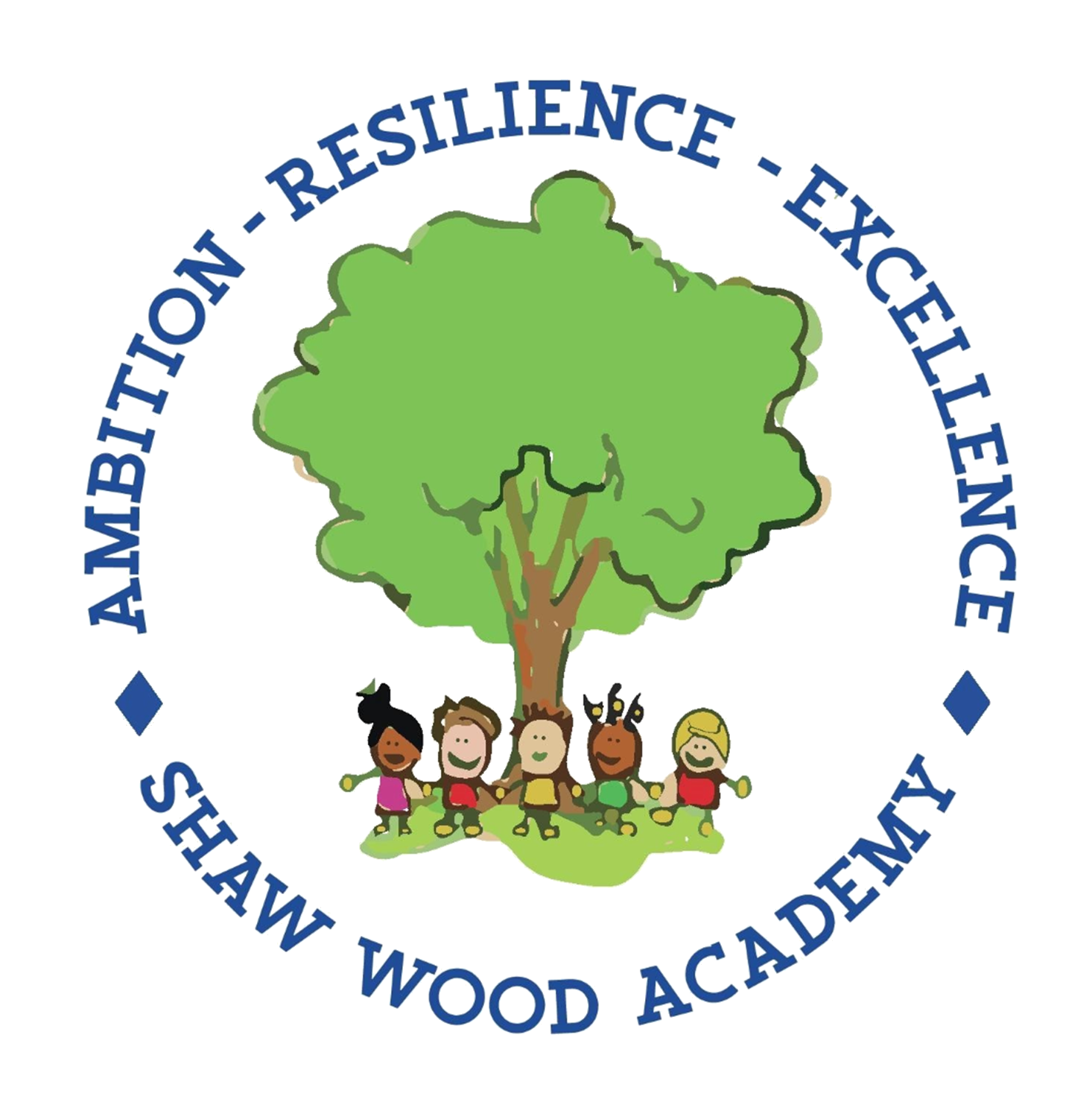Reading
At Shaw Wood, reading is central to everything we do. It permeates our whole curriculum and we are committed to continually raising standards in reading. We implement a mix of well-balanced approaches so that all children achieve the required skills, develop a positive attitude and confidence as well as a love for reading. Successful approaches to the teaching of reading should engage pupils to use a variety of strategies in their pursuit of meaning. Children are supported in their early reading as soon as they enter school, by preparing them through pre-phonics, phonics, developing a love for reading and early language development. Reading for pleasure is at the centre of everything in our school to ensure every child develops their own reader identity and encourages them to want to read more.
Early Reading
Early reading is crucial for all children and at Shaw Wood children start their journey with the Little Wandle Phonics Scheme. Children in Reception and Year 1 have regular reading sessions at least 3 times per week.
These:
- are taught by a fully trained adult to small groups of children
- use books matched to the children’s secure phonic knowledge using the Little Wandle Letters and Sounds Revised assessments and book matching grids
- are monitored by the class teacher, who rotates and works with each group on a regular basis
Each reading practice session has a clear focus, so that the demands of the session do not overload the children’s working memory. The reading practice sessions have been designed to focus on three key reading skills:
- decoding
- prosody: teaching children to read with understanding and expression
- comprehension: teaching children to understand the text
In Reception these sessions start in Week 4. Children who are not yet decoding have daily additional blending practice in small groups, so that they quickly learn to blend and can begin to read books.
In Years 2 and 3, we continue to teach reading in this way for any children who still need to practise reading with decodable books.
Early Home Reading
- The decodable reading practice book is taken home to ensure success is shared with the family
- Reading for pleasure books also go home for parents to share and read to children
- We use the Little Wandle Letters and Sounds Revised parents’ resources to engage our families and share information about phonics, the benefits of sharing books, how children learn to blend and other aspects of our provision, both online and through workshops
Additional reading support for vulnerable children
- Children in Reception and Year 1 who are receiving additional phonics Keep-up sessions have additional reading practice
Structure of Whole Class Shared Reading
Children from Year 2 to Year 6 have a daily reading lesson.
Yearly Overview
Year 2 – Year 5 will focus of a mixture of extract study and novel study.
|
Autumn 1 |
Autumn 2 |
Spring 1 |
Spring 2 |
Summer 1 |
Summer 2 |
|
Extract Study |
Novel Study |
Extract Study |
Novel Study |
Extract Study |
Novel Study |
Year 6 also focus on extract and novel study but complete it in a slightly different order due to the KS2 SATs timetable.
|
Autumn 1 |
Autumn 2 |
Spring 1 |
Spring 2 |
Summer 1 |
Summer 2 |
|
Extract Study |
Novel Study |
Extract Study |
Extract Study |
Extract study (up to SATs) Novel Study |
Novel Study |
Extract Study
Extract study mainly focuses on non-Fiction and poetry, although some fiction extracts may be included. Children will study high quality extracts over a week and adhere to the structure below so that they are exposed to the five key strategies for reading.
| Year 2 to Year 4 | |
| Monday | Background knowledge |
| Tuesday | Vocabulary |
| Wednesday | Read aloud, think aloud (summarise & predict) |
| Thursday | Viusalise |
| Friday |
Comprehension questions |
| Year 5 & Year 6 | |
| Monday | Background knowledge |
| Tuesday | Vocabulary |
| Wednesday | Read aloud, think aloud (summarise & predict) |
| Thursday | Focus comprehension |
| Friday |
Mixed comprehension |
Novel Study
Children will study a high quality, age appropriate novel over a half term. Unlike the extract study, there is no set order for the five key strategies and it us up to the teachers to choose the appropriate strategy for each chapter of the text.
- Background Knowledge
- Vocabulary
- Read aloud, think aloud (summarise & predict)
- Visualise
- Comprehension questions
Reading for Pleasure
‘Reading for pleasure is the single most important indicator of a child’s success.’ (OECD 2002)
‘The will influences the skill and vice versa.’ (OECD 2010)
We value reading for pleasure highly and work hard as a school to grow our Reading for Pleasure pedagogy.
- We read to children every day. We choose these books carefully as we want children to experience a wide range of books, including books that reflect the children at Shaw Wood and our local community as well as books that open windows into other worlds and cultures
- Every classroom has an inviting book corner that encourages a love for reading. We curate these books and talk about them to entice children to read a wide range of books
- In Nursery/Reception, children have access to the reading corner every day in their free flow time and the books are continually refreshed
- Children from Reception onwards have a home reading record. The parent/carer records comments to share with the adults in school to ensure communication between home and school
- The school library is made available for classes to use. Children across the school have regular opportunities to engage with a wide range of Reading for Pleasure events e.g. local library visits, World Book Day.






